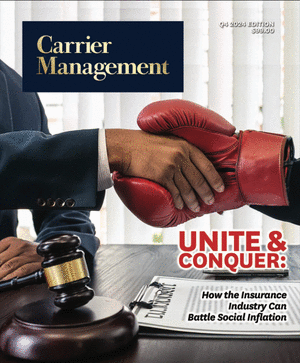New data indicates insurers would have saved $105.6 million in losses if all homes in Hurricane’s Sally’s path had been built or retrofitted to the FORTIFIED Roof standard, according to a study by the University of Alabama’s Center for Risk and Insurance Research (CRIR) commissioned by the Alabama Department of Insurance.
Insurers would have saved even more, $116.1 million, if the homes had been built to the program’s gold standard, which adds protection from damage typically caused by more intense storms.
The peer-reviewed study analyzed the real-life effectiveness of the Insurance Institute for Business & Home Safety (IBHS) FORTIFIED mitigation program, a voluntary construction and re-roofing standard designed to strengthen and protect homes from high winds and heavy rain during Hurricane Sally.
It found FORTIFIED homes suffered significantly less damage and required fewer insurance claims than homes built through standard construction methods when Hurricane Sally made landfall at Gulf Shores, Alabama, as a Category 2 storm in September 2020.
The reinforced homes also fared better than homes built to municipal building codes with identical criteria but without the documentation and evaluation FORTIFIED requires for designation. While the study did not examine the cause, it is likely related to the robust evaluation process necessary to receive the designation.
Hurricane Sally was the nation’s first hurricane to strike an area with a large sample size of FORTIFIED homes, providing an opportunity to compare construction methods and outcomes after a category 2 storm.
“We knew anecdotally that the FORTIFIED homes had performed well during Sally, but we could not have been more pleased when we reviewed the hard data,” said Alabama Insurance Commissioner Mark Fowler. “The FORTIFIED system exceeded every expectation and proved that mitigation works not just in a controlled lab setting but for real-world threats we face in Alabama and along with Gulf Coast.”
The study reveals claim severity (the total amount of claims paid divided by the number of claims paid) of FORTIFIED homes decreased by 15 percent to 40 percent.
The program, at all levels studied, reduced loss frequency by at least 55 percent and as much as 74 percent. Loss ratio, defined as losses divided by premiums, also decreased by between 51 and 72 percent.
When combining the reductions in claim frequency and claim severity, the system reduced deductibles paid by policyholders by more than 60 percent.
“The Center’s Hurricane Sally report doesn’t just quantify the effectiveness of the FORTIFIED program; it demonstrates that homes can be built to survive storms, making them eminently more insurable,” said IBHS CEO Roy Wright. “This report should be a clarion call to communities across the country, urging them to implement Alabama’s multi-pronged approach to promoting disaster mitigation.”
The information was collected via a data call to coastal insurers, specifically targeting homes with hurricane wind coverage south of I-10 in Alabama.
For the study, the Alabama Department of Insurance called on admitted insurance companies to provide detailed data on policies and claims in the area affected by Hurricane Sally. Eighty-six insurance companies responded to the data call, including a handful of non-admitted carriers who voluntarily provided data.
The final sample of policies covering wind perils for single-family owner-occupied houses included 40,195 policies. Of these, 8,629 reported claims totaling $181,466,480. Including deductibles paid by policyholders, the total cost of damage was $243,566,706.2
The study sample includes information from more than 40,000 insured properties in coastal Alabama. That includes 25,093 conventional homes, 7,685 homes built to supplemental codes, and 7,417 FORTIFIED homes in coastal Alabama. Of the FORTIFIED homes sampled, 1,705 were built to the FORTIFIED Roof standard and 5,712 were built to the FORTIFIED Gold standard.
“From this study, we now know conclusively that FORTIFIED works, allowing us to empower Alabamians and our communities across the state to build stronger, live safer and recover quicker,” Fowler said.
The study did not include claims data involving fallen trees, though 46 percent of claims were caused by trees falling on houses. This is because the system is not designed to protect against tree damage.
Alabama created a unique combination of financial incentives to promote the adoption of FORTIFIED, including premium discounts, tax credits, and policy endorsements. It also launched Strengthen Alabama Homes, an innovative grant program that helps homeowners upgrade to a FORTIFIED Roof, the standard for the grant program, which awards $10,000 to help homeowners retrofit their homes against windstorms. To date, the program has retrofitted 8,660 homes across the state. This combination of public support catalyzed the private market, which accounts for 83 percent of the state’s FORTIFIED homes.
Alabama holds the most FORTIFIED homes in the country, with more than 51,000 designated homes. The majority of those homes are located in Baldwin and Mobile counties.
“Hurricanes Ivan and Katrina left our state battered and facing an insurance crisis. Carriers were pulling out of the market, consumers were hurting, and state leaders were grappling for answers. We had to think differently. We had to prepare better on the front end so we could avoid chaos on the back end. The storms were going to come. We had to change the economics of what happened after the storm hits,” said former Alabama Insurance Commissioner Jim Ridling. “Adapting the IBHS Fortified building standard through the Strengthen Alabama Homes program, coupled with strong local building codes and mandated wind mitigation discounts, helped us stem the cycle of loss, making Alabama not only a safer place to live, but a state with a healthy insurance market. It has changed the stability of insurance market and the economic landscape of coastal Alabama.”
The system has three levels of certification for homes with features to protect the envelope of the house and prevent water intrusion:
- FORTIFIED Roof is designed to keep the roof on and the rain out during high-wind storms. It includes sealing the roof deck, locking down roof edges and installing impact-resistant shingles.
- FORTIFIED Silver requires chimney bracing and impact and pressure-rated garage doors. This level was not included due to the small sample size available.
- FORTIFIED Gold is a more holistic approach, combining the features of FORTIFIED Roof and Silver and also requiring the home’s entire structure to be tied together.
“Because FORTIFIED is based on decades of research, we were not surprised by the results of this study.,” Fred Malik, managing director of FORTIFIED at the IBHS added. “Yet, the validation of our program is incredibly important. Homes across the country are threatened by high wind events and wind-driven rains, and ACIIR’s report makes it clear that proactive steps can be taken to reduce the risk damage from those storms.”
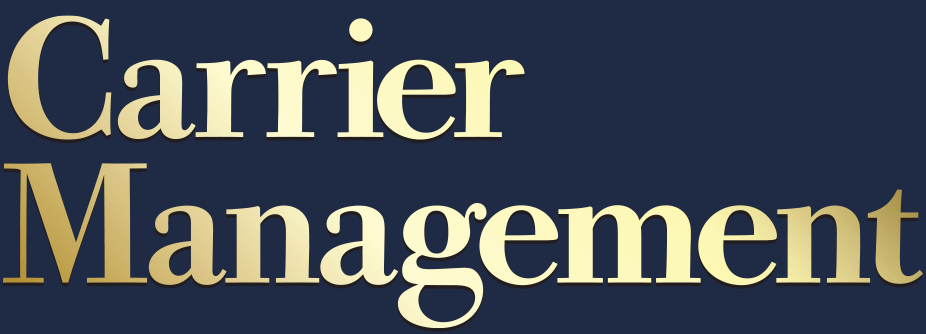

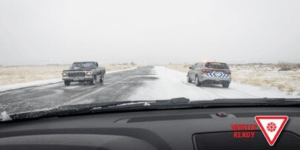






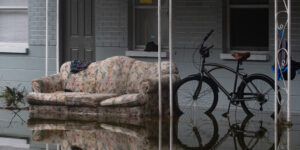
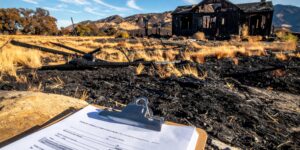
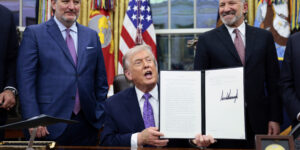

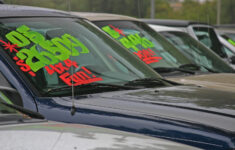

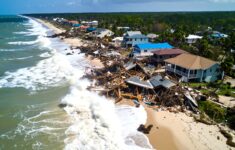

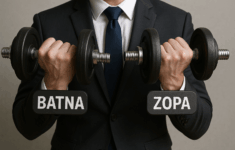



 Rebuilding Negotiation Talent: Why This Skill Is Missing and How to Fix It
Rebuilding Negotiation Talent: Why This Skill Is Missing and How to Fix It  How Carriers Are Pairing AI and Process Discipline to Drive Subrogation Outcomes
How Carriers Are Pairing AI and Process Discipline to Drive Subrogation Outcomes  Legal Finance and Insurance: From Confusion to Collaboration
Legal Finance and Insurance: From Confusion to Collaboration  A Practical Blueprint: The Five Plays of an Innovation Culture
A Practical Blueprint: The Five Plays of an Innovation Culture 